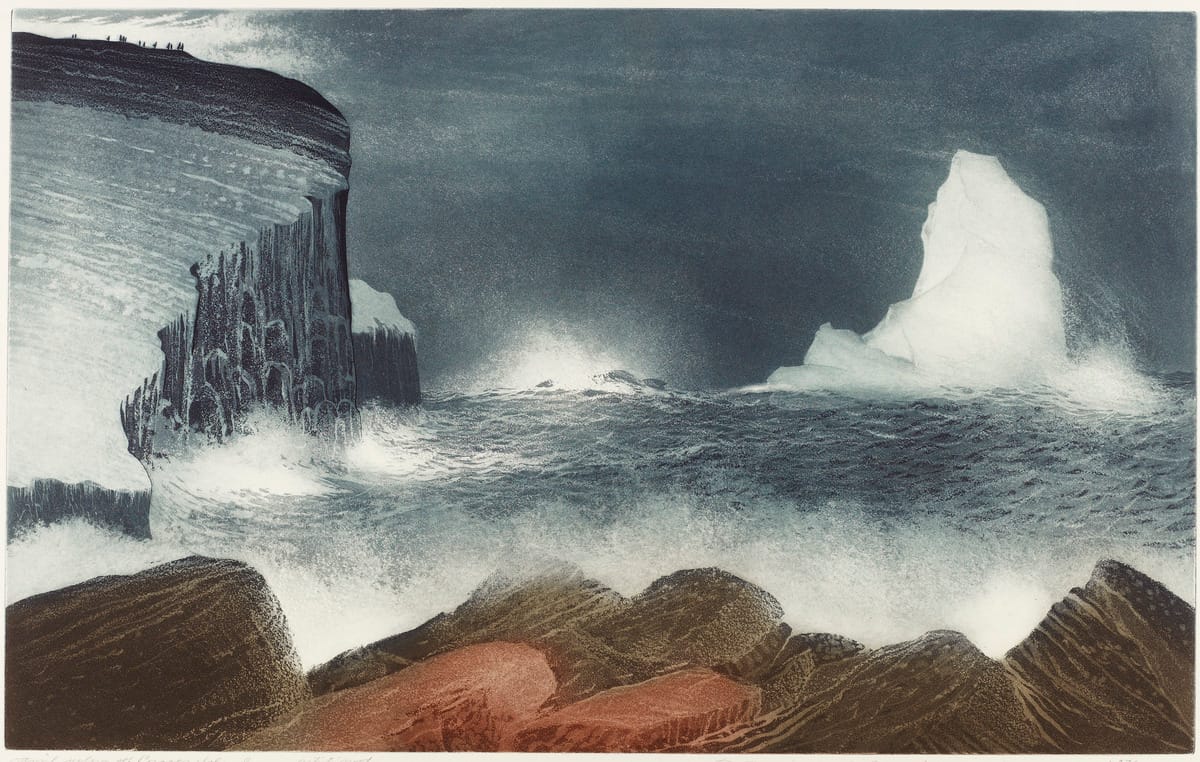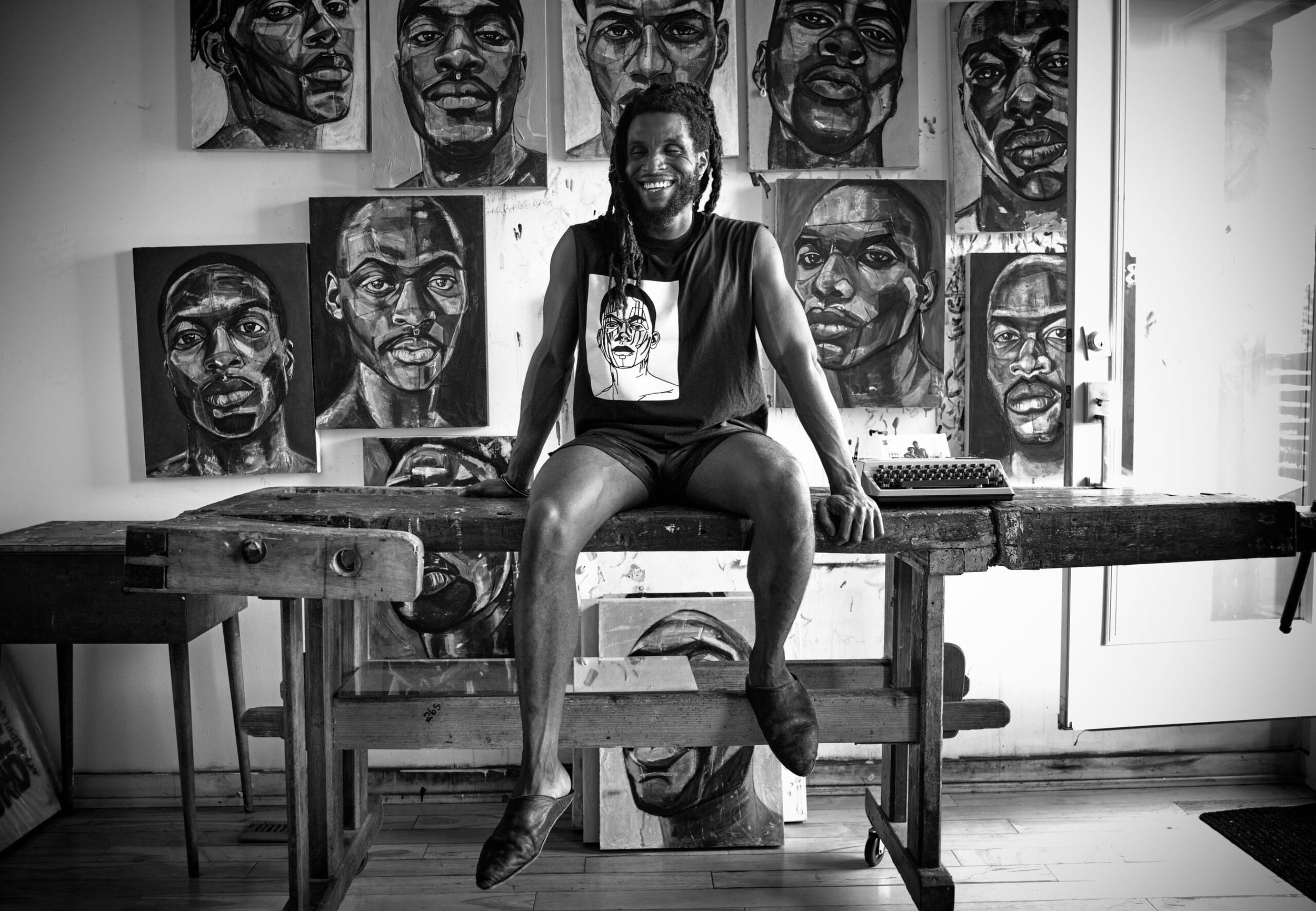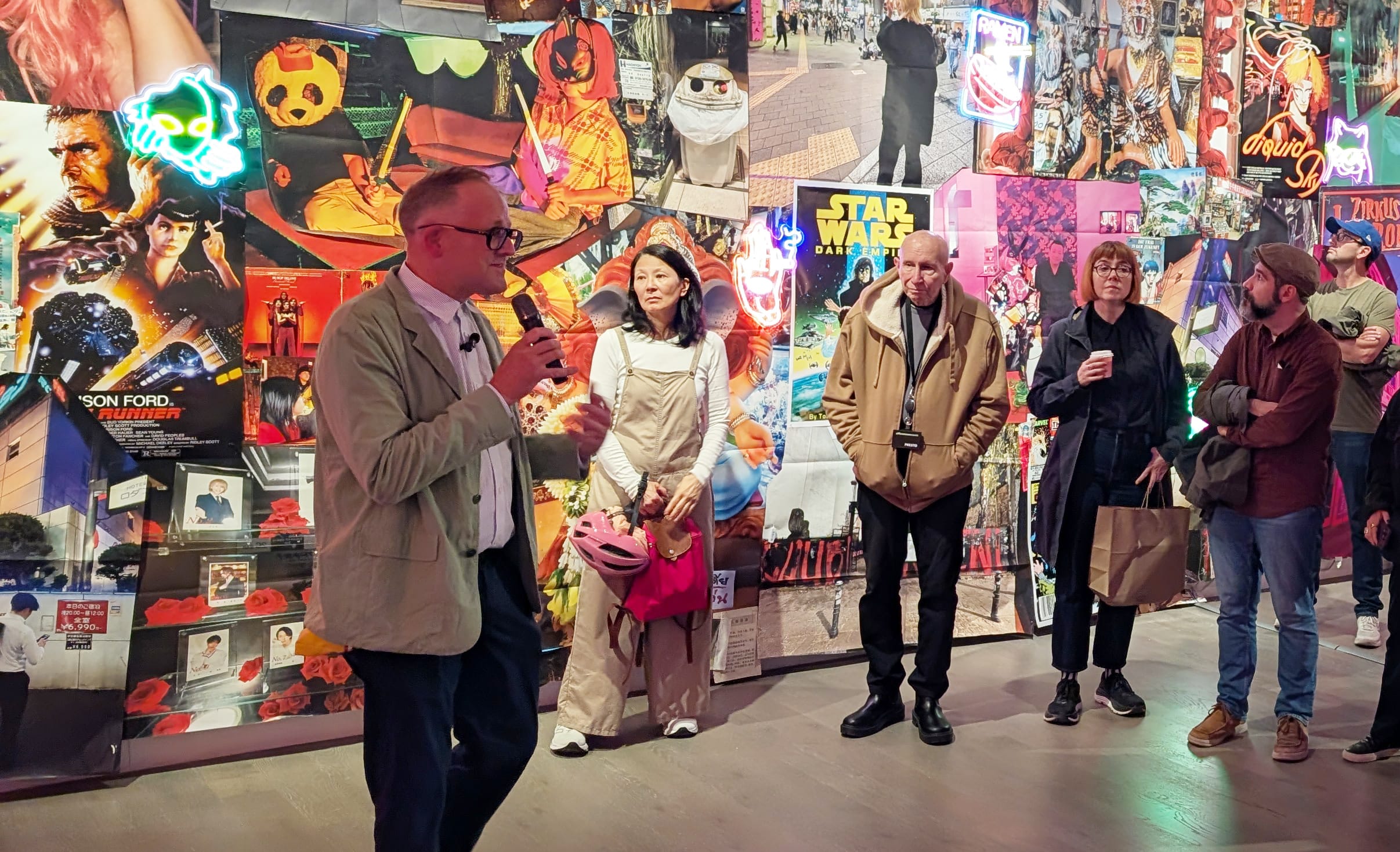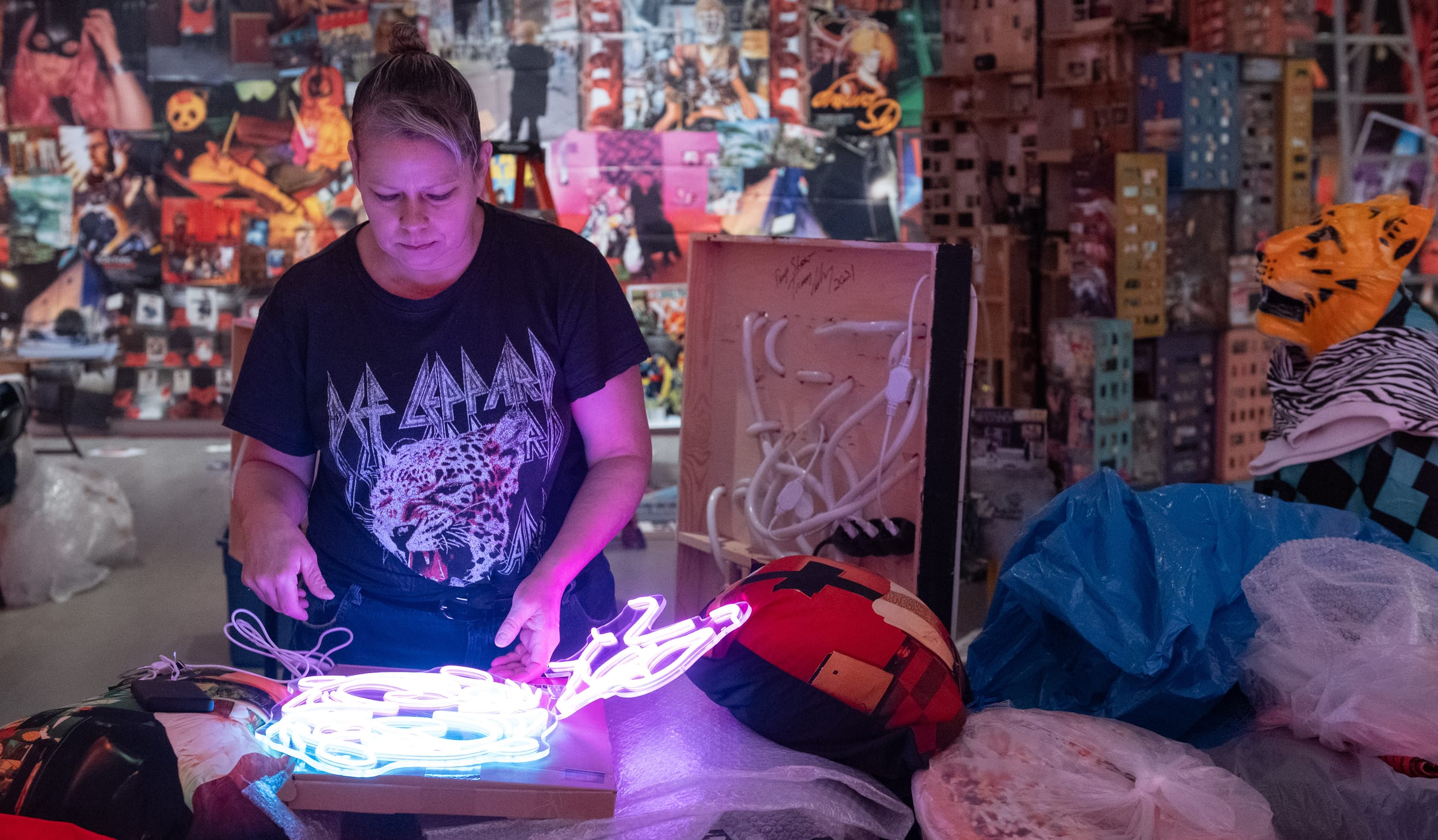Smoke, Mirrors, Ennui: How To Sensationalize Strangeness
The images of British photographer Nadia Lee Cohen are by now widely recognizable—for their mannered artifice and cosplaying celebrity subjects. But are they saying anything more than "Look at me"?
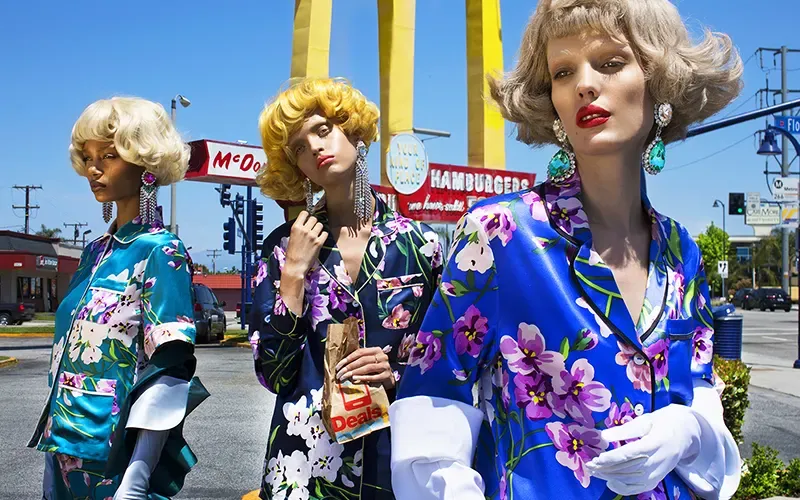
The British photographer and visual artist Nadia Lee Cohen is not a household name, but her subjects certainly are. Cohen emerged as a photographer-to-watch in 2012, when she was an exhibited finalist for the National Portrait Gallery’s Taylor Wessing Prize. Known for her lurid caricatures of pop Americana, the 32-year-old has since established herself as Hollywood’s preeminent image-maker, enlisted by A-list celebrities (Kim Kardashian, Beyoncé), luxury brands (Gucci, Balenciaga, Miu Miu), and fashion magazines (Interview, New York) to construct her signature tableaus.
I noticed Cohen’s style before I learned her name—in the melancholic glamour of her Lana Del Rey Interview cover, where the singer, dressed in a puff-sleeved bridal gown, dangles an unlit cigarette from her parted lips; in the grungy menace of Chloe Sevigny’s The Cut featurette, the actress channelling Patrick Bateman in oversized businesswear; and the Barbie-esque whimsy of various SKIMS campaigns, where Kim Kardashian’s bombshell brio is subsumed into the archetype of a ‘60s snow bunny, a ‘70s pageant queen, and an Italian mob wife.
Like a fledgling David LaChapelle, Cohen’s images are recognizable for their starkly mannered artifice, whether the scene is Slim Aarons-style poolside glamour (SKIMS), Miami sleaze (DSquared), or Stepford Wives-inspired zombie suburbia (Miu Miu). I first began following her on Instagram in 2021, finding her hyper-stylized kitsch refreshing in its indulgence. In a visual landscape rife with minimalism and uninspired art direction, Cohen’s glossy productions embrace excess to fantastical ends. Her subjects revel in the surreal glow of a bygone era. There’s a sheen of irreality to their polished image, as if the scenes were constructed on a soundstage and shot through the lens of a daydream.
This style is consistent across both her commercial and artistic work. In the latter, however, Cohen’s devotion towards artifice flounders without a critical foundation undergirding the spectacle. Her 2022 solo show at Jeffrey Deitch, titled HELLO My Name Is, is a study of 24 fictional characters, envisioned and physically embodied by Cohen, with the help of Hollywood-grade prosthetics, costuming, and makeup. The exhibit also features name tags of the real-life people who inspired the portraits—some of workers at chain stores like Acme, Arby’s, and Payless, culled and curated from thrift shops and flea markets by Cohen herself. But what Cohen describes as an imaginative exercise reveals itself to be a highly-produced form of class drag.
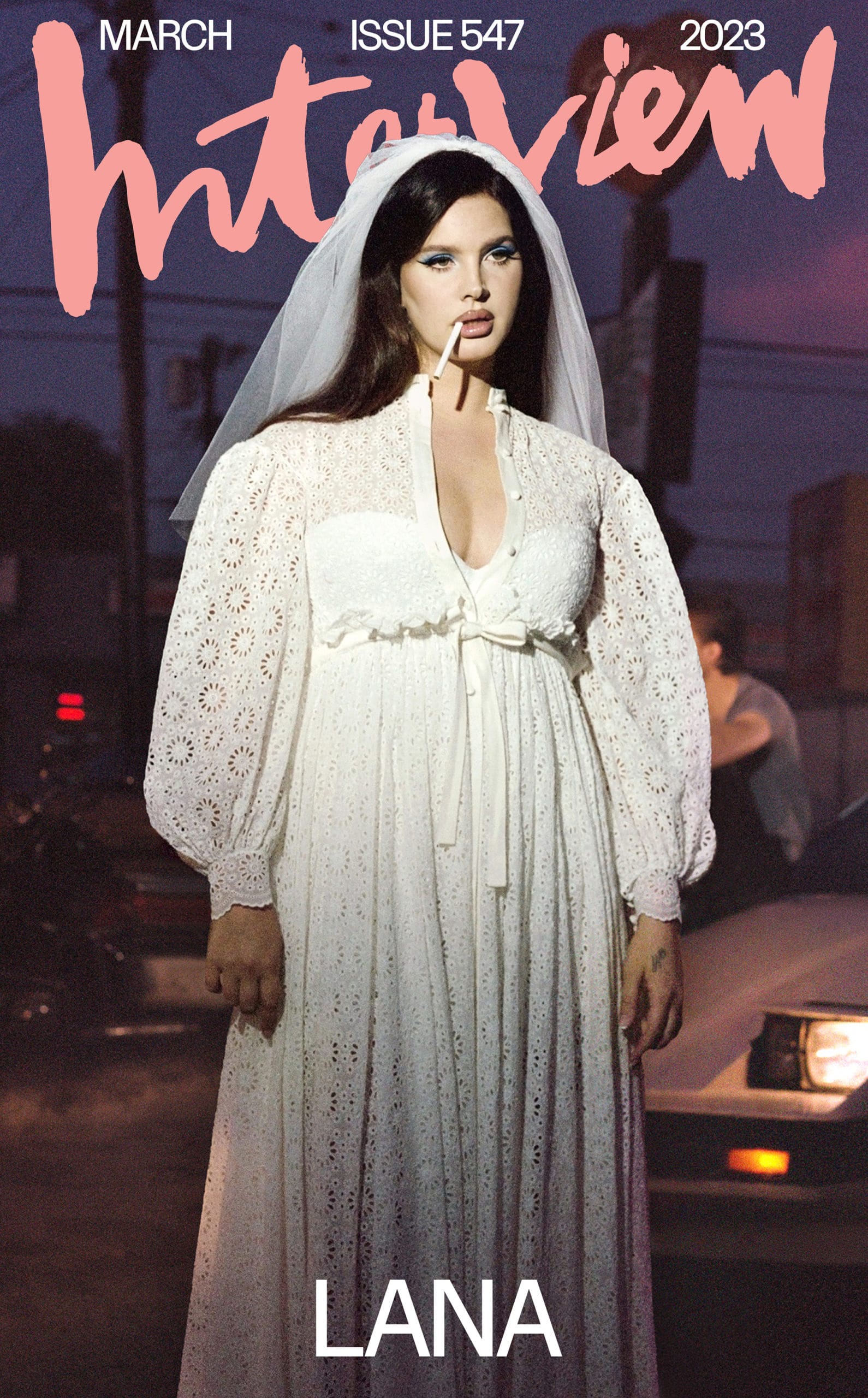
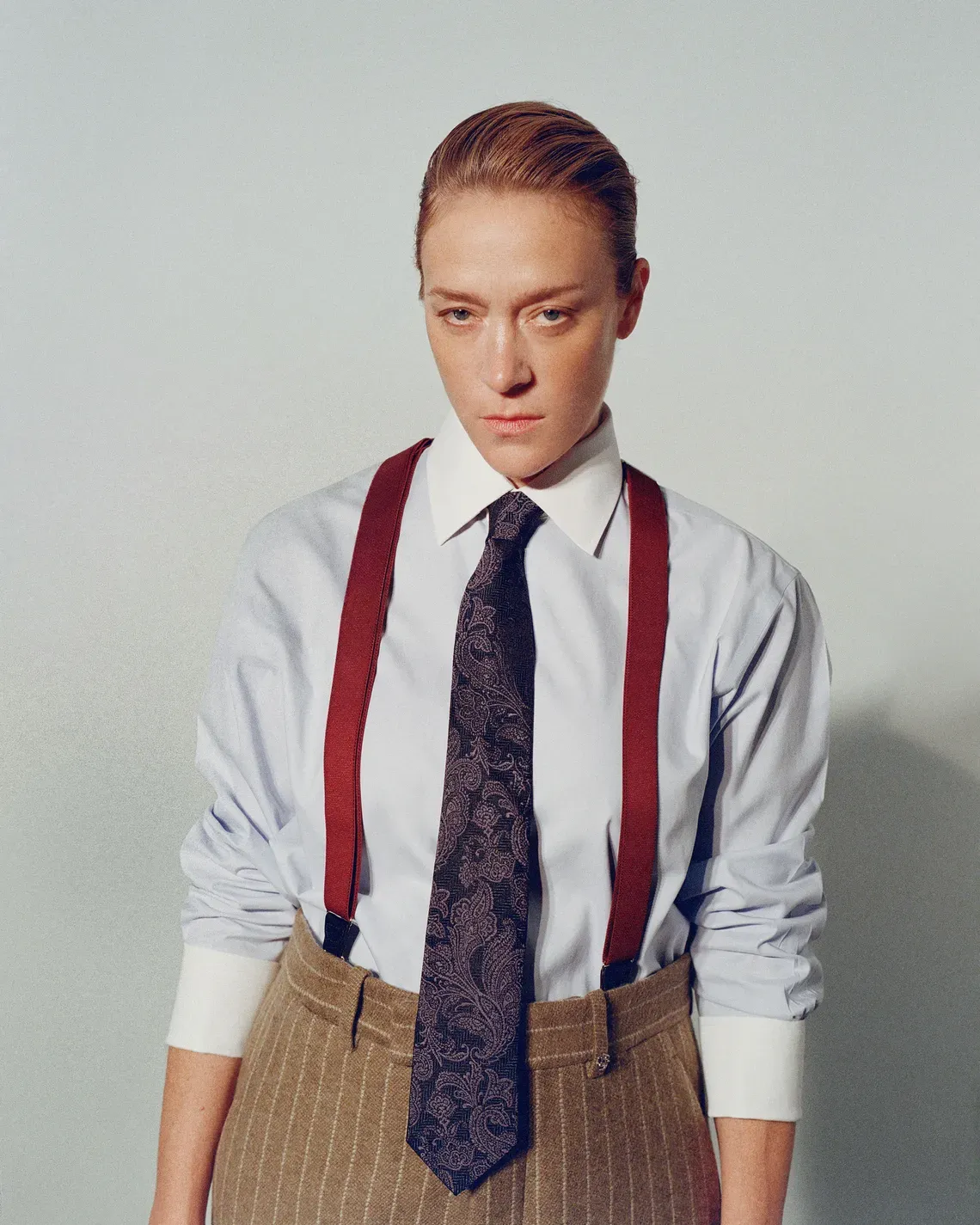
At left, cover image of Lana Del Rey by Nadia Lee Cohen for Interview, and Cohen's photo of Chloë Sevigny for The Cut, the actor the actress channelling Patrick Bateman from American Psycho.
“Each time I found a new [nametag] I just naturally imagined what the person who once owned it might have looked like. Until one day I thought, ‘Wouldn’t it be nice to actually see these people,’” Cohen says in an interview with Dazed. There’s a flamboyant edge to the depictions that border on satire. Cohen admits she’s drawn to people who “approach their appearance theatrically,” but she doesn’t even write the dialogue that she performs. That work was outsourced to her publisher. Her overwhelming fixation on the visual belies her disinterest in not only her characters’ lives, but the social contexts and subcultures from which certain aesthetic sensibilities are born. For Cohen, this gives rise to a sort of equal opportunity cosplay that seeks to sensationalize strangeness, rather than probe for personality. A peculiar appearance is the centre-stage of an individual’s personhood, regardless of age, race, class, or gender.
There’s a whiff of Cindy Sherman in this zany theatricality. (Sherman was also commissioned to shoot for fashion magazines and designers, but primarily worked alone). Like Sherman, Cohen’s body is the malleable canvas for her personas to inhabit. But Sherman has always sought to deconstruct, not reinforce, stereotypes; her images comment on the fluidity of projected identity, with the artist incorporating prosthetics into her work over time to amplify the grotesque. “I wanted to make really ugly pictures,” Sherman said of working for Vogue Paris. “The first couple of pictures I shot and sent … they didn’t like at all [and that] inspired even more depressing, bloody, ugly characters.”
Cohen, too, makes a point of ugliness, but more for shock factor than critical interrogation. She appears to revel in the utter artifice of her constructions, encouraging a vacuous complicity in how the viewer engages with the images. This is evident in her debut monograph Women (2020). Here, her models and muses (among them, Euphoria’s Alexa Demie, drag queen Violet Chachki, and pop star Charli XCX) resemble done-up mannequins, replete with stiff limbs, glazed skin, and frozen expressions. The women are not quite human; they are styled as glamorous caricatures of humans. This style especially complements Cohen’s celebrity subjects, whom the public already conceives of as larger than life. But as Cohen’s profile grows—as do the budgets for her productions presumably—the hollow posture of her portraiture feels increasingly magnified, its flashiness dulled. The effect is similar to watching too many CGI-laden superhero flicks. You start to see through the illusion. Worse, you doubt what you even marvelled at in the first place.
Cinema is Cohen’s preferred source of inspiration. American Nightmare, her 2012 prize-winning bedroom portrait of a shirtless man and a woman in a bunny mask, owes heavily to Stanley Kubrick. I find her references to Kubrick, Alfred Hitchcock, David Lynch, and Douglas Sirk to be maddeningly explicit, as if she’s urging the viewer to point out the parallels. But the influences are not the problem. It’s common for artists to cull inspiration from other sources to make their own. What’s unclear is why Cohen routinely resorts to such a nostalgic visual vocabulary.
Reproduction and homage can be interesting if the work is staked on a conceptual or social conceit. With Cohen, however, her creative decisions seem derivatively whimsical, as if she’s selecting from a prefabricated mood board of iconic images or styles. A recent photo spread in Perfect Magazine, which Cohen shot and modelled for, is cheekily addressed to British artist Allen Jones and indicts Cohen as a copycat for replicating Jones’s infamous kink visuals.
Perhaps paying homage is an attempt to imbue her pictures with cultural significance in their obvious affiliation with the past. Or it simply may be easier, from a commercial standpoint, for Cohen to replicate vintage images for a campaign than to strategize from scratch. Cohen’s Interview cover with Rihanna is a near-exact replica of the vintage magazine Pewboy. The pop star is clad in a nun’s habit, baring her glistening décolletage. When I first saw the cover, I found it striking, daring even, without any knowledge of its reference. But once the creative source was revealed, the cover lost its conceptual lustre. It occurred to me that Cohen’s penchant for pastiche is emblematic of pop culture’s aesthetic redux, in which visual concepts and ideas are mined from the past, rehashed, and refined for public consumption.
Cohen’s references, to that end, are often too flimsy or fleeting to warrant analysis beyond a remark of their superficial similarities: Take Beyoncé’s Cohen-directed Cowboy Carter teaser. It features a man in a red baseball cap, à la Paris, Texas, walking through a desert to stand before an oversized Beyoncé billboard. In a similar vein, A$AP Rocky’s “Babushka Boi” music video mirrors the cartoonish theatricality of Dick Tracy, replicating the film’s unique, comics-inspired colour scheme.
More recently, Cohen directed an acid trip of a holiday home video for Kardashian’s cover of “Santa Baby”. The flickering tape follows Kardashian as she slithers around an uncanny Christmas gathering. (The premise is similar to A$AP Rocky’s “Taylor Swif” video, directed by Vania Heymann and Gal Muggia.) Here, the word “Lynchian” comes to mind: There are dwarves dressed in Santa costumes pilfering bags of money, two men flanking a towering figure in a chipmunk suit (a nod to Kubrick’s The Shining), and a shell-shocked nun, among other human detritus too bizarre to describe. The mishmash of mayhem manages to distract the viewer from Kardashian herself, presenting her as another character in the chaos-ridden scene.
“I never really equate the famous person standing in front of me with their work,” Cohen tells Dazed in a 2024 interview. “Instead, I think of them as a lookalike or a great impersonator. Then it dawns on me later when I’m at home.” This instinct may very well be why Kardashian and Beyoncé, celebrities who are notorious for safeguarding their image, have come to trust Cohen. She doesn’t try to photograph them as they are. Her interest lies in fashioning for them a fictional reality, one without any pretense of authenticity.
But it’s a mistake to call Cohen’s work cinematic, as her characters are void of mystique or motivation. Her muses often look bored; they feign disinterest in the camera, even though their exteriors are made-up to court its gaze. Most of the figures in Women blur together in their glamorous ennui. This can be interpreted, I suppose, as a statement on the nature of celebrity, but I remain unconvinced by her subjects’ artificial boredom—a stark contrast to Terry O’Neill’s 1977 shot of Faye Dunaway the morning after she won Best Actress at the Academy Awards. On the contrary, Cohen’s work does not straddle the blurry line between photographic fact and fiction. It is all smoke and mirrors, and thereby carries no stakes; the people and personas don’t seem to say anything, nor do they want to say anything, aside from the obvious: “Look at me.”


